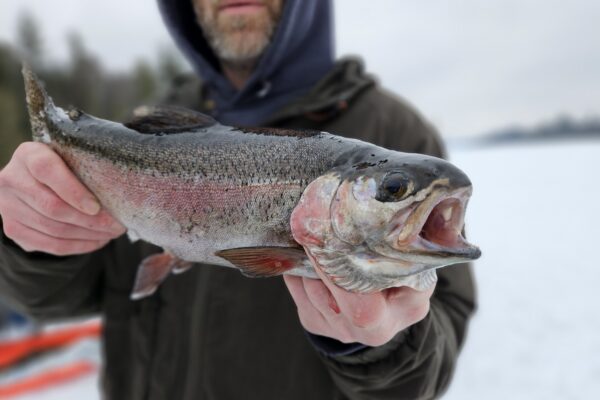Minnesota agencies continue to investigate level of toxic chemicals in Lake Superior fish
Wildlife agencies in the U.S. are finding elevated levels of a class of toxic chemicals in game animals and fish across parts of the country, including the Great Lakes region — and that’s prompting health advisories in some places where hunting and fishing are ways of life and key pieces of the economy.
Authorities have detected the high levels of PFAS, or polyfluoroalkyl substances in some fish across the nation, including in Lake Superior. Sometimes called “forever chemicals” for their persistence in the environment, PFAS are industrial compounds used in numerous products, such as nonstick cookware and clothing.
A more recent study found that wild caught, freshwater fish in the United States are far more contaminated with the toxic chemicals than commercially caught fish in oceans, and the highest levels are found in fish from the Great Lakes.
The U.S. Environmental Protection Agency launched an effort last year to limit pollution from the chemicals, which are linked to health problems including cancer and low birth weight, the Associated Press reports.
But discovery of the chemicals in wild animals and fish hunted and caught for sport and food represents a new challenge that some states have started to confront by issuing “do not eat” advisories for deer and fish and expanding testing for PFAS in them.
“The fact there is an additional threat to the wildlife — the game that people are going out to hunt and fish — is a threat to those industries, and how people think about hunting and fishing,” said Jennifer Hill, associate director of the Great Lakes Regional Center for the National Wildlife Federation.
WTIP’s Joe Friedrichs spoke with Cory Goldsworthy, the Lake Superior area fisheries supervisor for the Minnesota Department of Natural Resources, about ongoing research state agencies are currently doing to learn more about levels of PFAS in Lake Superior fish. Audio below.
The Associated Press contributed to this report.














